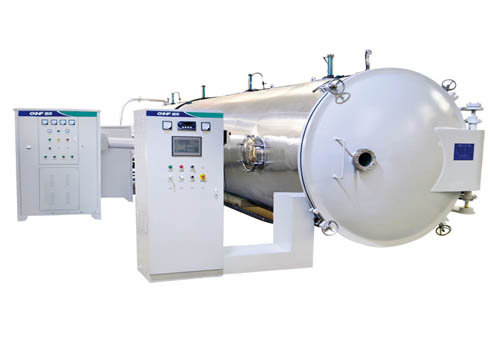

E-mail:
trade@cangao.cn
+86 311 8225 1293
Forests are one of the most important natural resources on the earth and the guarantee of human life. Wood has a wide range of uses, including furniture, decorations, construction materials, production vehicles, other tools, and so on. However, due to the influence of various factors during the growth of the wood, the density and moisture content of the wood are not uniform.
Undried wood is not easy to be used to make various finished products, otherwise, the wood will bend, crack, and crack during the production process. Deformation and other phenomena, even if the finished product is successfully completed, it will be deformed, cracked, decayed, moth-eaten, etc. Not only is it unsightly, but also affects the quality and service life of the finished product. Therefore, it is very useful to dry the wood before making the finished product.
There are usually two methods for wood drying, one is natural air drying, and the other is artificial drying.
Natural air drying refers to the accumulation of wood on an open field or in a shed, and the use of the atmosphere as a heat and moisture transfer medium and solar radiation energy to conduct convective heat exchange to remove moisture from the wood and achieve the purpose of drying. Due to natural conditions, this method takes a long time to dry and occupies a large area. After drying, the moisture content is high, it is easy to bend and deform, easy to be harmed by fungi, mildew, etc., and the labor cost is also high.
Artificial drying includes artificial kiln drying, dehumidification drying, high-frequency drying, microwave drying, etc. However, in the process of artificial wood drying, the energy consumption of wood drying accounts for 40-70% of the total energy consumption of wood processing, and the energy utilization rate of the drying process Low, usually only between 30-40%; in addition, the drying process produces soot, carbon dioxide, sulfur dioxide, and a small number of nitrogen oxides, which are the main factors that cause the atmospheric greenhouse effect, acid rain and ozone destruction, which cause environmental pollution. Therefore, the energy-saving and environmental protection issues of wood drying are particularly important.
In response to the above problems and after special market research, Cangao High-Frequency Machinery Co., Ltd. has developed a vacuum timber dryer, which effectively eliminates wood pressure, can shorten drying time, ensure drying quality, and is beneficial to production.

1. Using high-frequency drying technology, the wood is heated at the same time inside and outside, heating uniformly, drying speed is fast, drying time is short, and quality is good.
2. It can maintain the natural color of the wood, and at the same time aerate the wood in a vacuum environment without cracking. It is especially suitable for thick and hardwood or for secondary drying of wood.
3. The wood evaporates at low temperature in a vacuum environment, and it is not easy to deform and crack. It can also dry solid wood floor blanks, with good veneer flatness and simple operation.
4. It can effectively eliminate wood stress and balance the moisture content of the wood.
It is environmentally friendly and safe and does not require a boiler.
If you want to get more information about a safe vacuum timber dryer, please contact us.
Copyright © Shijiazhuang Cangao High Frequency Machinery Co., Ltd. All Rights Reserved | Sitemap |
